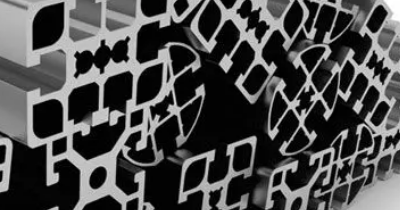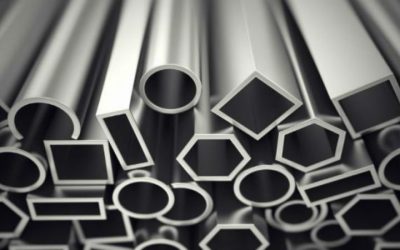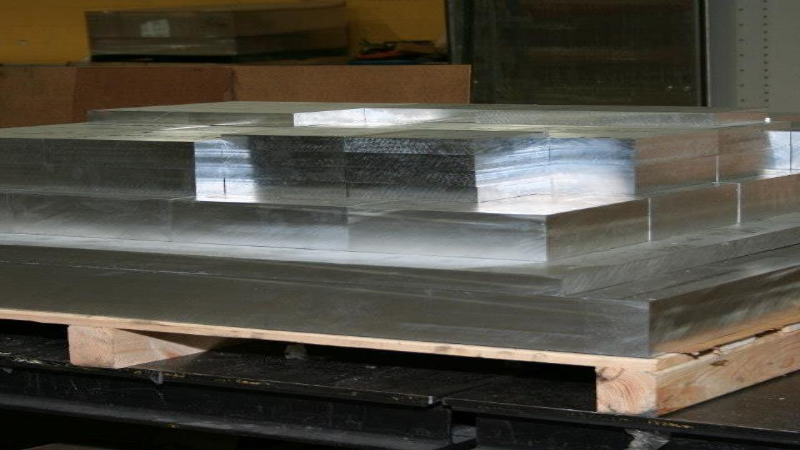Many of today’s metal components and products require a high degree of precision. This is especially important when machining or fabricating metal. In fact, precision work has created the needed for high quality materials like cast aluminum tooling plate. But what is tooling plate and why it is so important to industry today? Let’s take a look and see.
The Early Years
During the mid-20th Century the commercial airline industry was rapidly developing. As planes could fly much faster and farther, they needed materials which could hold up to the rigors of daily flight. Rolled steel, aluminum and other materials were experimented with, but were simply not up to the task. Modern aircraft had developed special needs.
An aircraft fuselage and wings take a great deal of stress during taking off, landing and flight. In addition, there can be a wide variance in temperatures as it gets colder with altitude. Aluminum was strong and corrosion resistant but wrought plate could not be created in the proper thicknesses and dimensions. In addition, airline metal needed to retain its dimensional stability.
The first cast aluminum tooling plate was created with open molds, but it was not suitable for flight. For instance, it could not dissipate heat evenly nor could it handle the stress and demands of commercial flights. In addition, it could not be machined to high tolerances. However, within a few years, Alcoa was able to produce a plate called Alca® Plus which used a special horizontal casting method. This was a strong 7000 series aluminum alloy and is still used today. However, many companies are turning to 5083 alloy cast aluminum tooling plate because of its versatility.
Both 7000 series and 5083 aluminum can be used for precision work but 5083 can be welded easier than 7000 series alloy. Plus, 5083 offers more protection against corrosion.


